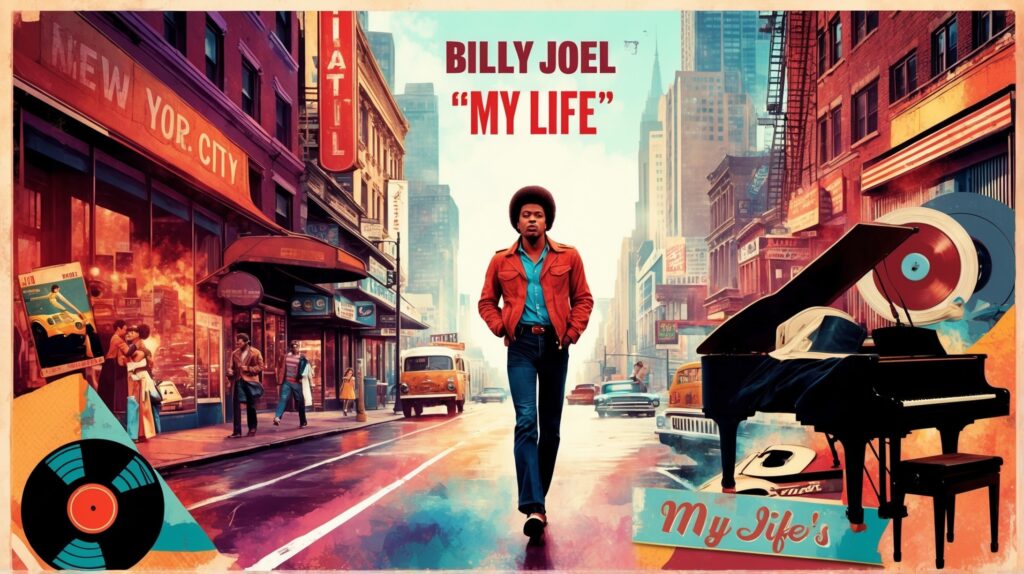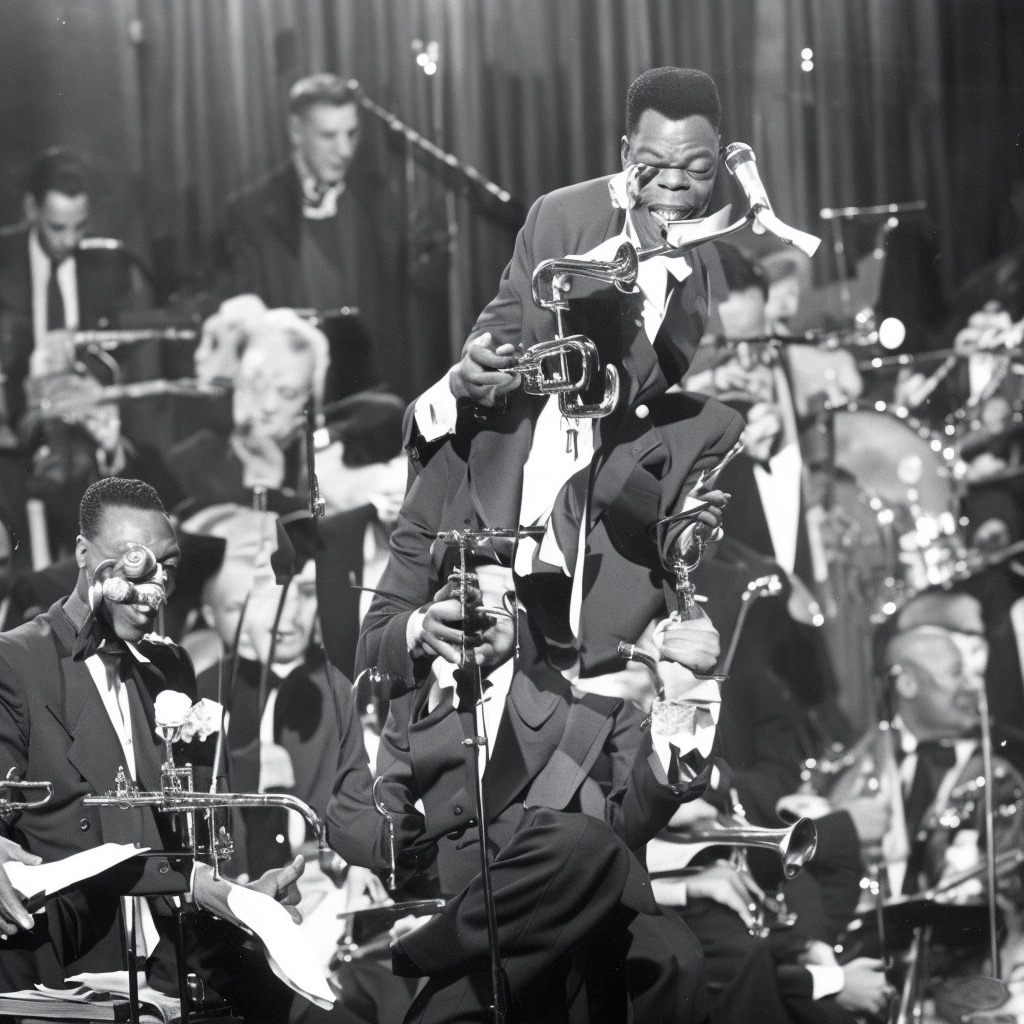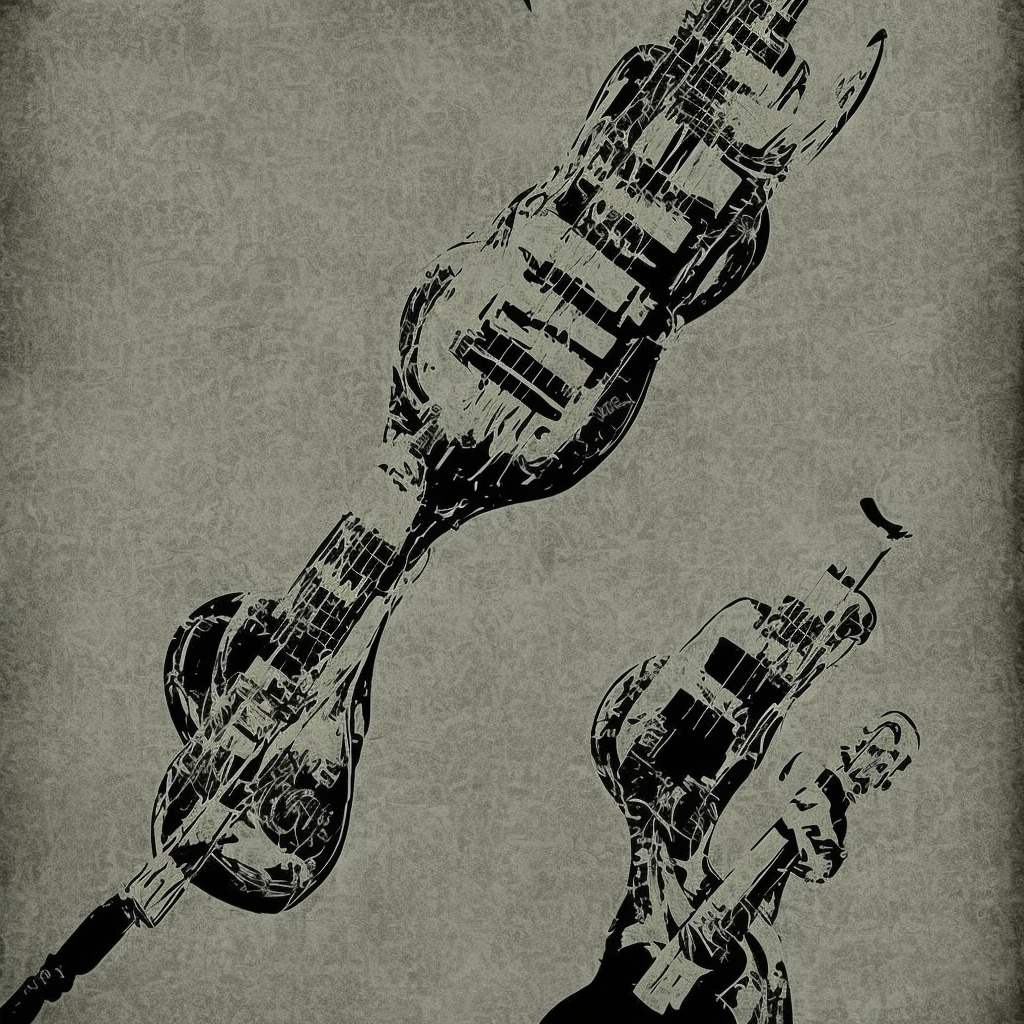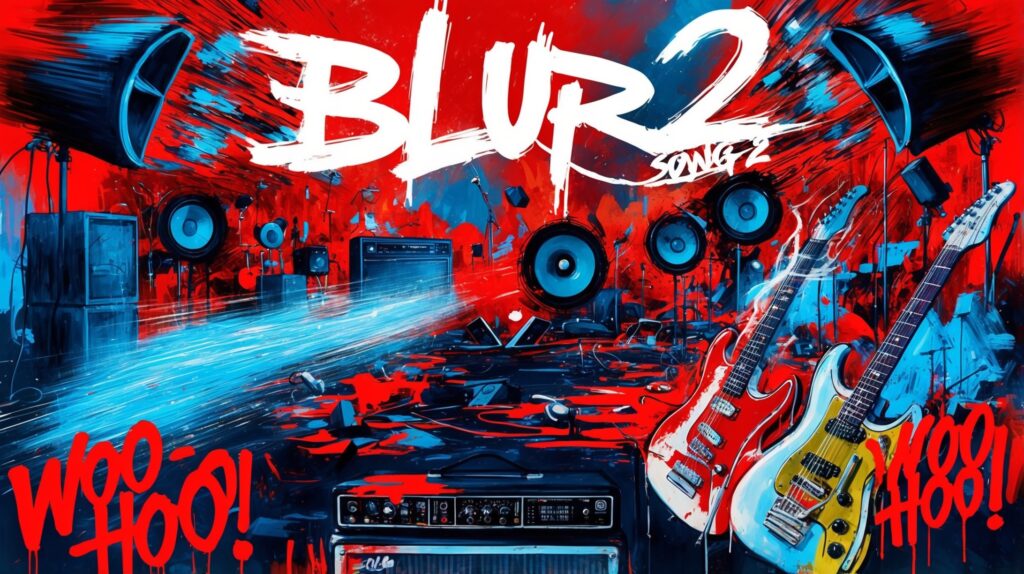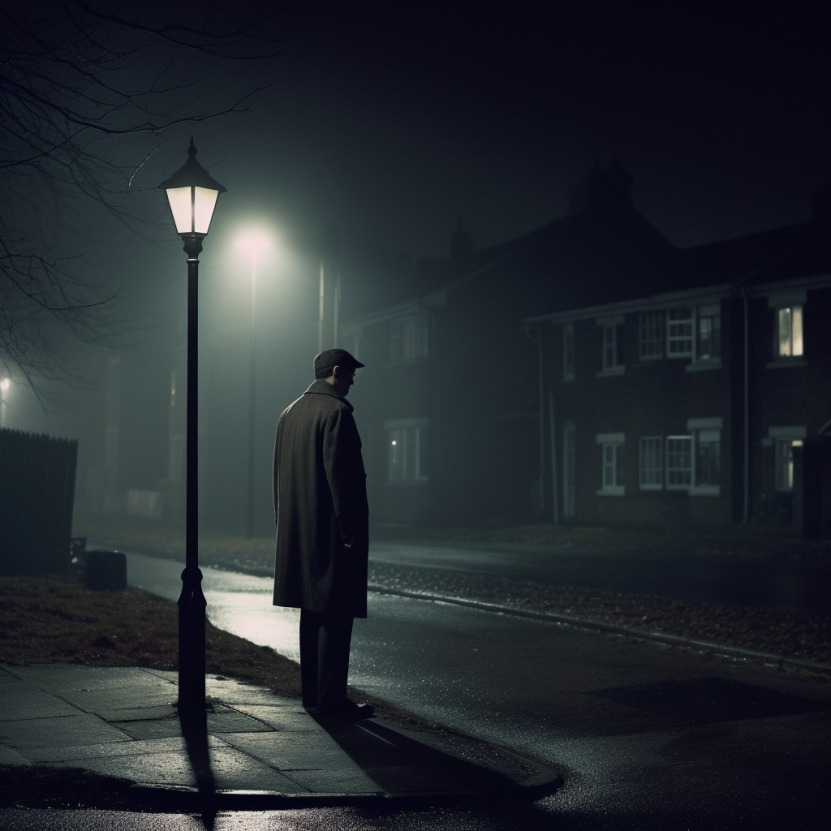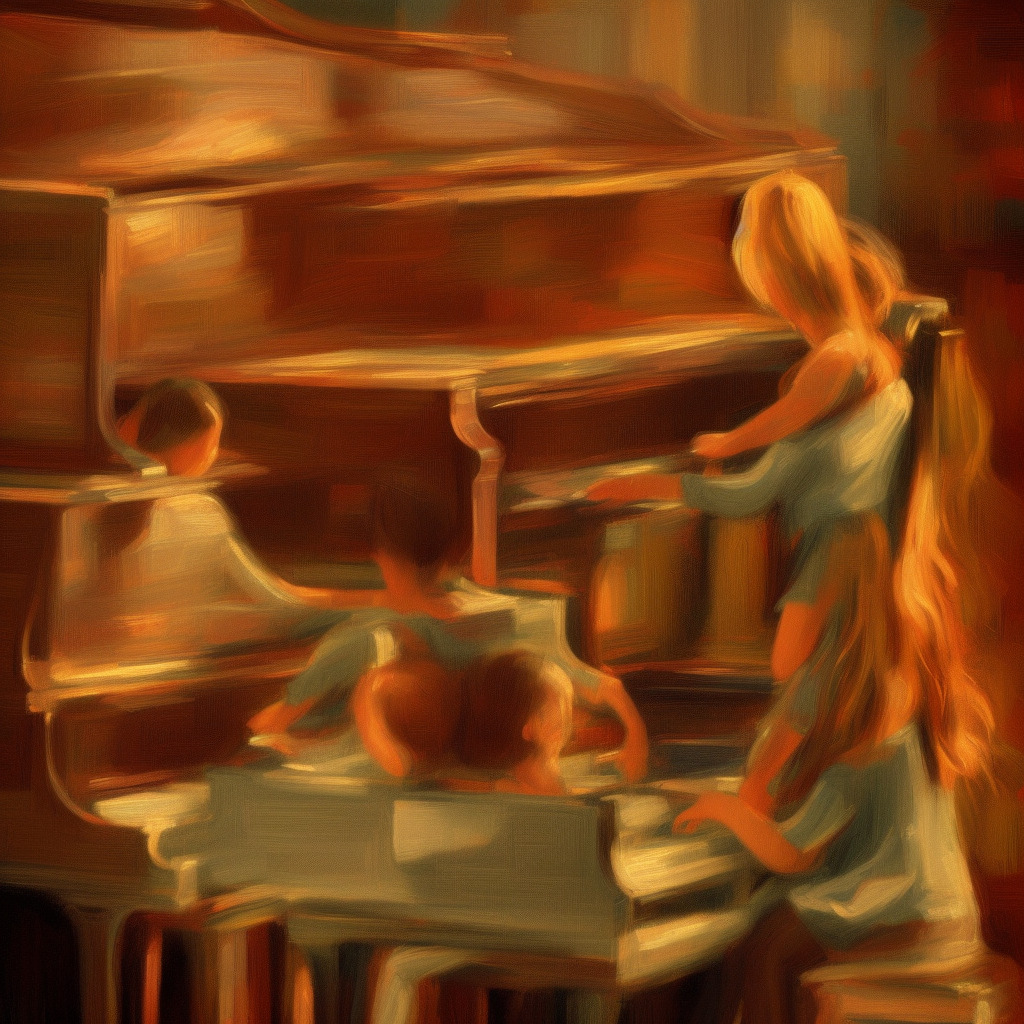Billy Joel: A Timeless Talent
Billy Joel’s enduring talent emerges once more with ‘My Life,’ a song that captures his growth as an artist during the late 1970s. From humble beginnings in New York to international fame, Joel’s journey is marked by innovation and resilience.
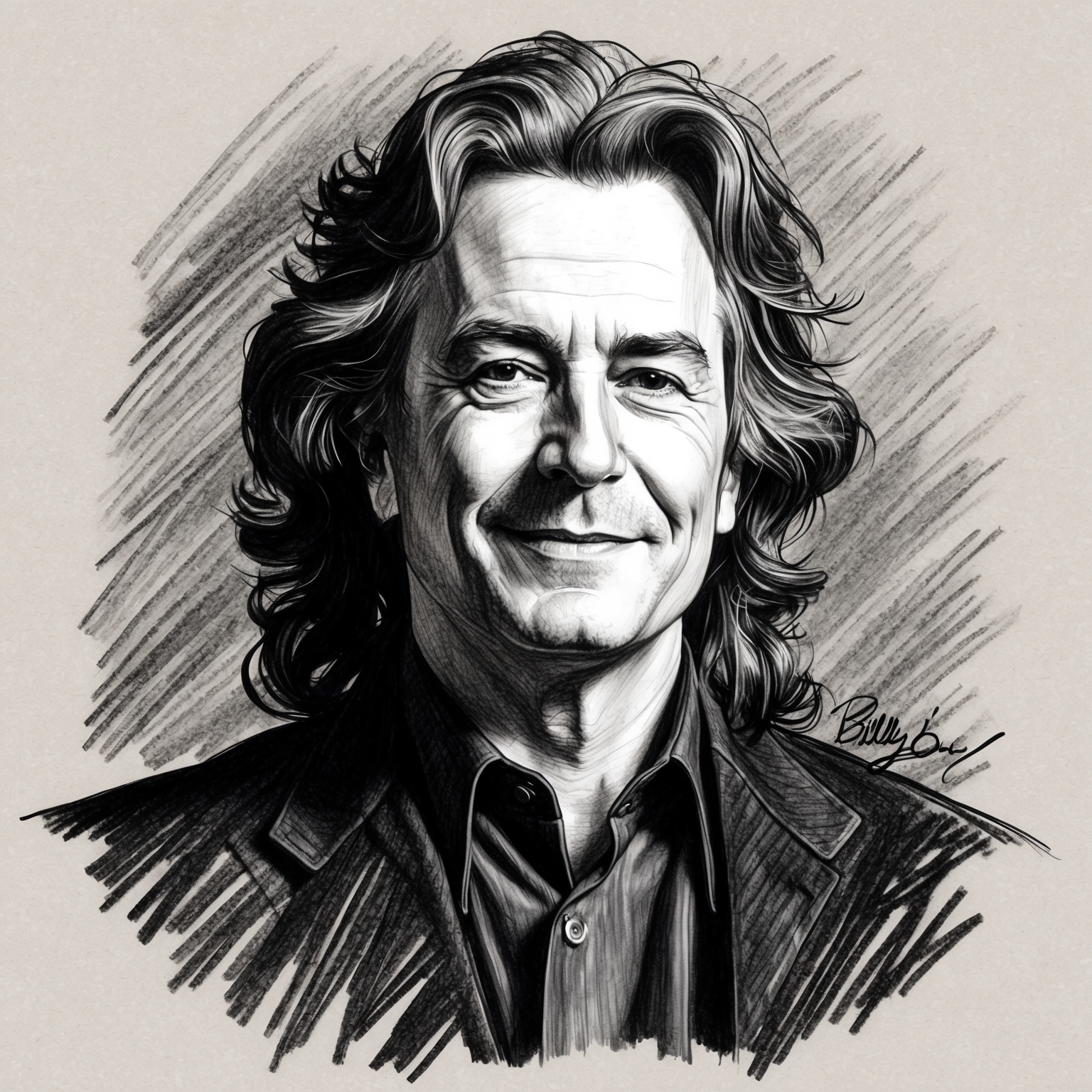
Billy Joel is an iconic figure in the music industry, celebrated for his unique ability to blend rock, pop, and classical influences into captivating melodies. With ‘My Life,’ Joel showcased his resilience and determination, themes that resonate throughout his illustrious career. The song, released in 1978, came at a pivotal moment when Joel was solidifying his status as a solo performer. Already well-known for hits like ‘Piano Man’ and ‘The Stranger,’ ‘My Life’ reinforced Joel’s knack for introspective lyrics and catchy hooks.
Joel’s journey began in the suburban neighborhoods of New York, where his love for music was evident from a young age. Inspired by early piano lessons and the vibrant musical scene around him, he embarked on a career that would see him evolve from a humble Long Island pianist to one of America’s best-selling artists. His early experiences in various bands, like The Hassles and Attila, honed his skills and shaped his signature style. These formative years were peppered with challenges, including grappling with record label disputes, yet they also laid the groundwork for his success.
By the late 1970s, Billy Joel had firmly established himself as a solo artist, adeptly navigating the shifting tides of the music industry. His collaboration with producer Phil Ramone, who worked on ’52nd Street,’ the album housing ‘My Life,’ marked a significant turning point in his career. Ramone’s polished production and Joel’s songwriting synergy created a sound that was both innovative and commercially appealing. At the time of ‘My Life’s release, the music scene was rife with disco and punk, yet Joel’s work stood out due to its introspection and melodic sophistication.
Crafting Melodies: Billy Joel as Composer
Billy Joel’s multifaceted role as a composer brought ‘My Life’ to life, showcasing a blend of classical piano influences and pop-rock sensibilities in his signature style.
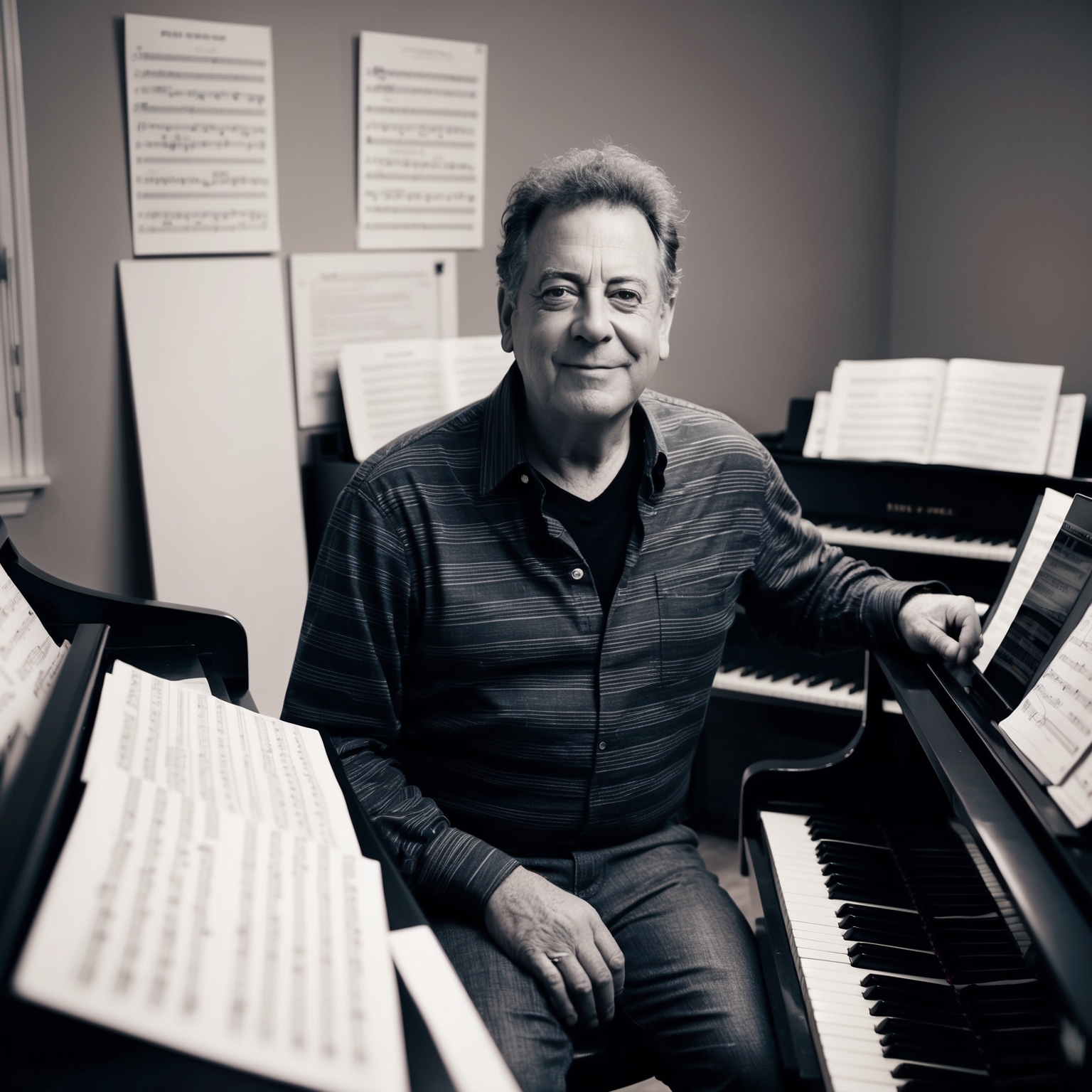
Billy Joel, often dubbed the ‘Piano Man’ after one of his most popular songs, wears many hats in the music industry, and one of his most significant roles is that of a composer. Born William Martin Joel on May 9, 1949, in New York, Joel’s musical journey began at a young age. He was exposed to music early on, taking up piano lessons at the age of four, which laid the groundwork for his later career. A dropout from high school to pursue his love for music, Joel’s persistence paid off, as he went on to become one of the best-selling music artists of all time.
Joel’s composition style is a reflection of his diverse influences. He has an affinity for the classical piano, which prominently features in his songs. He showcases a mix of soft rock and pop melodies, often drawing inspiration from legendary musicians such as The Beatles, Ray Charles, and Chopin. His knack for blending different genres into a cohesive song has earned him critical acclaim and a dedicated fan base.
Throughout his career, Billy Joel has collaborated with numerous artists and producers, but his partnership with producer Phil Ramone during the late 1970s and 1980s was particularly fruitful. Ramone’s studio expertise combined with Joel’s musical prowess resulted in some of Joel’s most successful albums, including ‘The Stranger’ and ’52nd Street’. These partnerships captured Joel’s ability to craft songs that were not only melodically appealing but also resonant in their storytelling.
In the creation of ‘My Life,’ Joel’s role as the composer was crucial in establishing the song’s infectious rhythm and catchy chorus. His piano-driven approach gives the song its lively, upbeat tempo, projecting an empowering aura that aligns with the song’s themes of independence and self-assertion. The interplay between the energetic music and uplifting lyrics exemplifies Joel’s signature touch—transforming personal introspection into universal appeal.
Joel’s compositional prowess has been a significant factor in the song’s enduring popularity. ‘My Life’ stands alongside his other works as an example of his ability to create songs that transcend time, appealing to audiences years after their release. This song, like many others, showcases Joel’s evolving style while maintaining the timeless quality associated with his music.
Critics have often praised Joel’s skill in crafting melodies that are both memorable and emotionally poignant. ‘My Life’ continues to receive airplay and admiration for its spirited composition. In various interviews, Joel has expressed how personal experiences shape his songwriting, emphasizing the authenticity that resonates in his music.
Billy Joel’s legacy as a composer extends beyond charts and accolades. It lives in the influence he has had on generations of artists and the enduring love his music has garnered. His contributions to the music industry are not only measured by his commercial success but also by the emotional impact his compositions have made on listeners worldwide.
Recognition and Reinterpretations: The Legacy of ‘My Life’
Billy Joel’s ‘My Life’ has not only topped charts but has also left a lasting impact through its use in TV shows and covers by various artists, ensuring its continual influence and recognition.
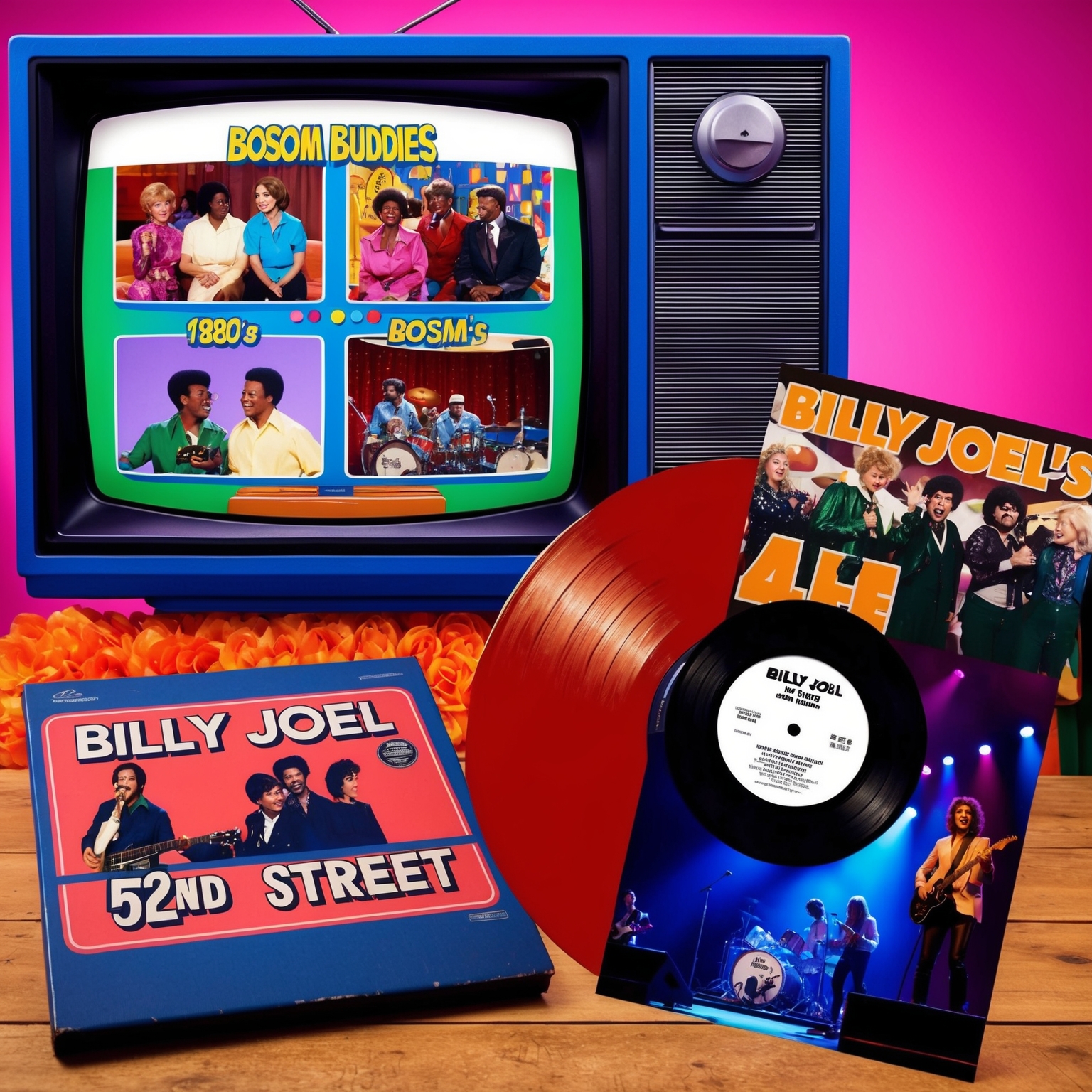
“My Life” by Billy Joel is more than just a chart-topping hit; it has garnered significant recognition and left an indelible mark on pop culture. Released in 1978 as part of his album 52nd Street, the song quickly captivated audiences with its dynamic sound and compelling lyrics. Although the song didn’t win any major awards, its impact has endured through its presence in various entertainment mediums and covers by other artists.
One of the notable moments in the song’s history is its use as the theme song for the ABC television series Bosom Buddies, which aired in the early 1980s. Featuring a young Tom Hanks, the show helped to introduce the song to a wider audience and cement its place in television history. This tie-in greatly amplified its cultural significance, linking it forever to memories of this popular show. Additionally, “My Life” has also featured in various films, showcasing its timeless appeal and adaptability across diverse storytelling contexts.
The track’s memorable composition and lyrical depth have inspired several noteworthy covers by artists from various genres. Among these, the most famous is likely the reinterpretation by the band Chicago during their live performances, offering an intriguing twist on the original while preserving its essence. Many artists have lauded Billy Joel’s work, recognizing the song’s intricate blend of rock and ballad elements, culminating in a testament to its enduring influence in the music industry. Aspiring musicians often attempt to capture Joel’s magic in their renditions, highlighting the song’s widespread admiration and continued relevance.
The Meteoric Rise of ‘My Life’: Billy Joel’s Instrumental Anthem
‘My Life’ by Billy Joel peaked at number 3 on the Billboard Hot 100 after its 1978 release. With strategic marketing, it highlighted Joel’s sustained impact amid a dominant disco era.
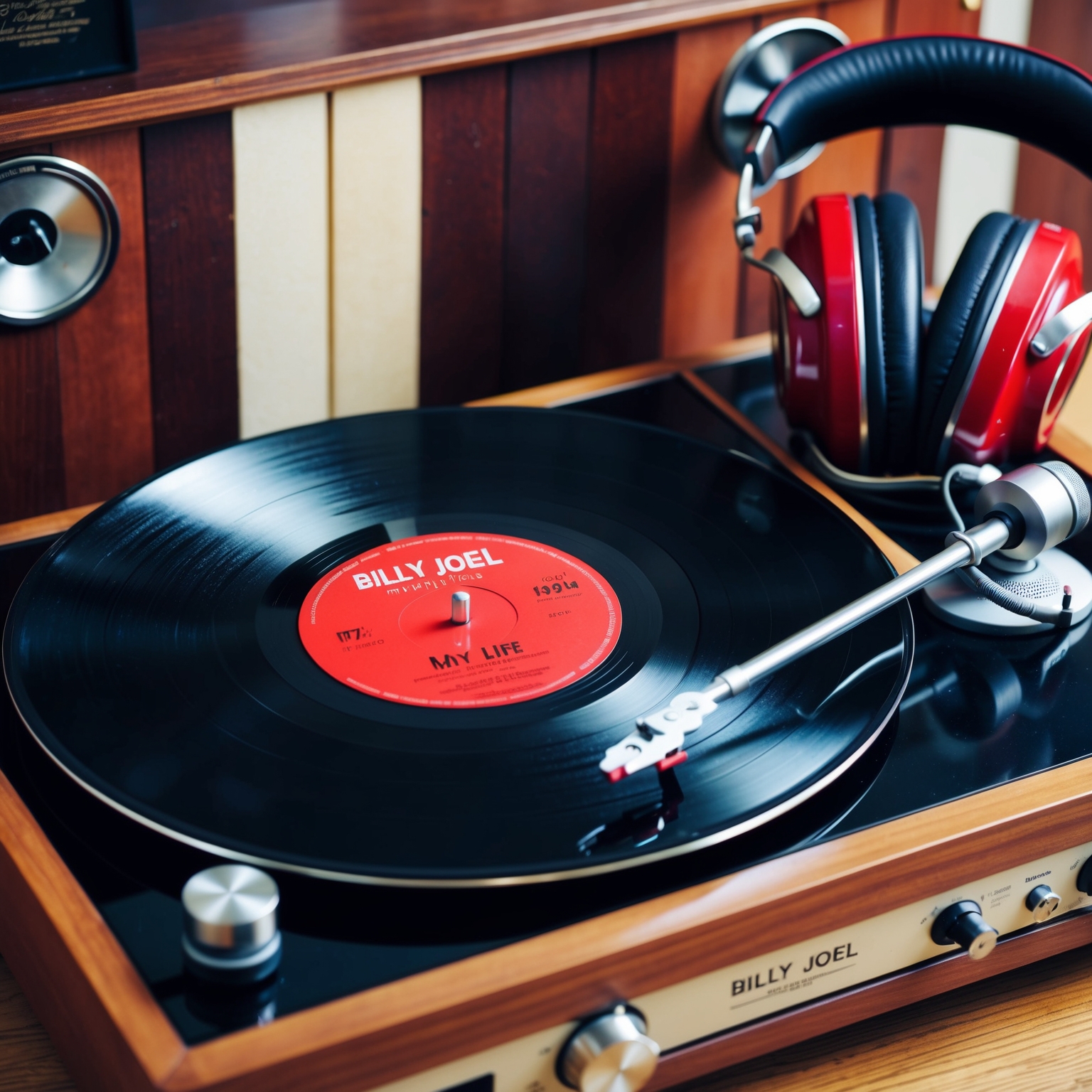
Released in 1978 as part of the album 52nd Street, Billy Joel’s ‘My Life’ quickly found its place on the charts, cementing Joel’s standing as a musical powerhouse. This classic was launched into the world just as Joel was riding high on the success of The Stranger, his previous album. Entering the charts initially at a robust position, ‘My Life’ surged, peaking at number 3 on the Billboard Hot 100. The song’s testament to personal independence resonated widely, making it a staple of late ’70s radio.
Compared to other chart-toppers of its time, ‘My Life’ stood shoulder to shoulder with tracks from renowned artists like the Bee Gees and Donna Summer. This was a period marked by the rise of disco and softer rock, and Joel’s distinctive style filled a unique niche. ‘My Life’ was not just a follow-up hit but a statement that reaffirmed Joel’s musical prowess as he seamlessly blended intricate melodies with engaging lyrics, ensuring it outlasted the fleeting popularity of its contemporaries.
The release of ‘My Life’ was accompanied by sharp marketing strategies, emblematic of Columbia Records’ approach. While there was no official music video, Joel’s performances on popular television programs and a strategic radio push significantly bolstered its audience reach. Critics praised the song for its catchy yet compelling structure, and it became a fan favorite, earning a place in Joel’s live performances for decades to come. This track certainly left a cultural echo, sometimes seen as an anthem for individuality and self-determination, evoking a sense of nostalgic freedom for many listeners.
Exploring the Visual Interpretations of ‘My Life’
This section delves into the different visual interpretations of Billy Joel’s ‘My Life,’ including live performances and fan-made videos, highlighting their impact on the song’s enduring popularity.

While “My Life” by Billy Joel doesn’t have an official music video from the time of its release, the song has inspired a variety of visual interpretations over the years, from live performances to fan-made tributes. These visual experiences lend a unique dimension to the track, carrying its themes and melodies to new realms through the art of video.
One of the most notable visual interpretations comes from Billy Joel’s vibrant live performances. Joel is known for his energetic and charismatic stage presence, and performances of “My Life” showcase his ability to engage audiences with his passionate delivery. Fans often treasure these live recordings, appreciating the way Joel’s expression and musicianship bring an extra layer of emotion and vitality to the already resonant song. These performances play a crucial role in maintaining the song’s popularity, as they keep the song alive and relevant in the eyes of both long-time fans and new listeners.
Additionally, the song has seen a plethora of fan-made videos on platforms like YouTube. Creative fans have developed unique takes on the song, contributing their own visual narratives that reflect the lyrics’ themes of independence and self-determination. This demonstrates the lasting impact and wide appeal of “My Life,” as it encourages people across generations to explore and express their interpretations of its message. Besides live renditions, the legacy of “My Life” has even extended into pop culture through various media appearances and covers.
Exploring the Intricate Fabric of ‘My Life’
Billy Joel’s ‘My Life’ skillfully blends rock and pop elements, with a bright key, engaging tempo, and dynamic instrumentation. The song marks a stylistic evolution in Joel’s discography.

Billy Joel’s ‘My Life’ is a brilliant tapestry of music that exemplifies a meticulous blend of rock and pop elements. The song is written in the key of F major, a choice that lends the track a bright and lively feel. It begins with a distinctive piano introduction, reminiscent of classic rock ballads, which quickly establishes the energetic tone of the piece. The chord structure revolves around a sweet progression of major chords that runs throughout the verse and chorus, strengthening the song’s universal appeal.
The tempo of ‘My Life’ is set at a moderate 144 beats per minute (BPM), placing it in a comfortably upbeat rhythm that propels the listener forward. The melody line cleverly interweaves with the harmony, creating a seamless flow that is catchy yet sophisticated. Joel’s use of rhythmic variation, particularly in the chorus, provides a dynamic shift that captures the listener’s attention. The contrast between the syncopated verses and the straightforward, driving chorus amplifies the song’s narrative tension.
Instrumentation plays a crucial role in the song’s distinctive sound, with a robust arrangement that includes piano, electric guitar, bass, and drums. The piano serves as the backbone, offering both melodic and rhythmic support, while the electric guitar adds a rock edge with its expressive riffs and solos. The bass and drums ground the song with a steady, driving beat, creating a lively and energetic backdrop for Joel’s vocal delivery. This combination of instruments emphasizes the song’s rock-pop hybrid nature and showcases Billy Joel’s ability to blend different musical styles seamlessly.
In the context of Joel’s discography, ‘My Life’ is an evolution from his earlier works, which were more rooted in traditional piano balladry. The song marks a distinct shift towards a more mainstream pop-rock sound, suggesting a period of artistic exploration and growth. Compared to his earlier albums like ‘The Stranger,’ ‘My Life’ reflects a thematic maturation, both musically and lyrically. The song’s tone and its lively arrangement indicate Joel’s transition into a more confident and varied direction as an artist.
Recorded at the renowned Columbia Records studio, ‘My Life’ features the expertise of legendary producer Phil Ramone. The production quality is crisp and polished, highlighting each instrument’s contribution to the song’s overall sound. An interesting anecdote from the recording session is Joel’s insistence on capturing the energy of a live performance, which led to creative experimentation with microphone placements and reverb techniques. This commitment to excellence is evident in the song’s vibrant and engaging production.
Exploring the Independent Spirit of ‘My Life’
Billy Joel’s ‘My Life’ presents a compelling narrative of independence and personal assertion, using vibrant storytelling and effective literary devices to resonate with listeners.
Said he couldn’t go on the American way
Closed the shop, sold the house, bought a ticket to the West Coast
Now he gives them a stand-up routine in L.A.
I don’t need you to worry for me cause I’m alright
I don’t want you to tell me it’s time to come home
I don’t care what you say anymore, this is my life
Go ahead with your own life and leave me alone
I never said you had to offer me a second chance
I never said I was a victim of circumstance
I still belong, don’t get me wrong
And you can speak your mind
But not on my time
They will tell you, you can’t sleep alone in a strange place
Then they’ll tell you, you can’t sleep with somebody else
Ah, but sooner or later you sleep in your own space
Either way it’s okay, you wake up with yourself
I don’t need you to worry for me cause I’m alright
I don’t want you to tell me it’s time to come home
I don’t care what you say anymore, this is my life
Go ahead with your own life and leave me alone
I never said you had to offer me a second chance
I never said I was a victim of circumstance
I still belong, don’t get me wrong
And you can speak your mind
But not on my time
I don’t care what you say anymore, this is my life
Go ahead with your own life and leave me alone

Billy Joel’s ‘My Life’ is a powerful anthem of autonomy and personal assertion. The central theme of the song revolves around the notion of independence and self-ownership. The lyrics convey a strong message about living life on one’s own terms, free from the unsolicited advice and expectations of others. This theme resonates with anyone striving for personal freedom, making it timeless and relatable. During the late 1970s, when the song was released, there was a cultural shift towards individualism, reflecting societal sentiments that continue to echo today.
The narrative style of the lyrics is deeply engaging, using a conversational tone that feels both personal and universal. In the opening lines, Joel recounts a story of a friend who radically changes his life, suggesting a larger commentary on the pursuit of happiness. This story-telling approach allows listeners to paint vivid images in their minds and connect with the scenarios depicted, further enhancing the impact of the song. Written in the first person, the lyrics emphasize the protagonist’s steadfastness in charting his own course.
Joel’s use of literary devices such as repetition, metaphor, and rhyme schemes adds depth to the song. The repeated refrain, “I don’t care what you say anymore, this is my life,” is a bold statement that underscores the song’s central theme. Metaphorically, references such as “sooner or later you sleep in your own space” subtly suggest the inevitability of self-reliance. The song’s simple yet profound language ensures its accessibility, allowing listeners from all walks of life to connect with its message. When compared with other works by Billy Joel, ‘My Life’ stands out for its strong assertion of independence, aligning with the introspective and fiercely personal nature of much of his music.
? Did you know? Billy Joel’s My Life was the theme for the ’80s show *Bosom Buddies*, featuring a young Tom Hanks! #BillyJoel #FunFact #MyLife #80sNostalgia tinyurl.com/5fz5ukf6
Click to Tweet

